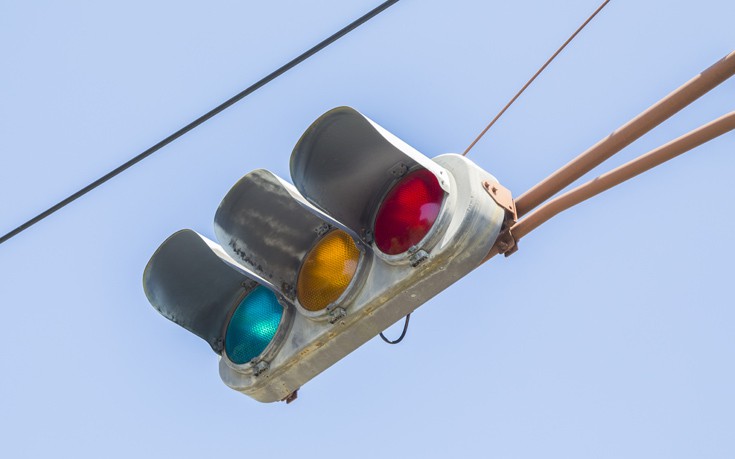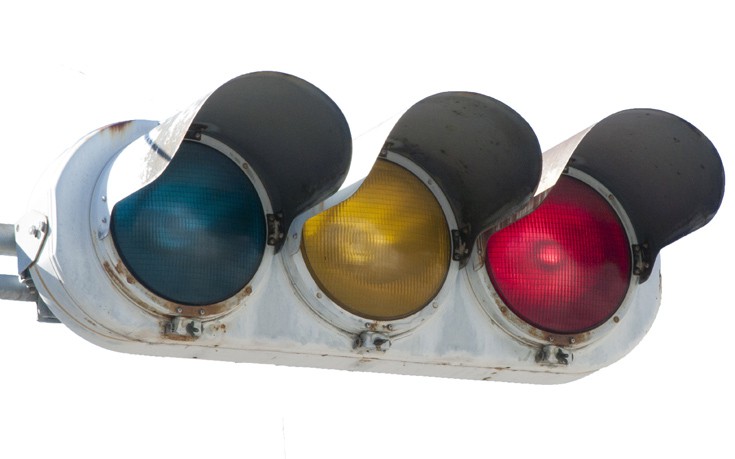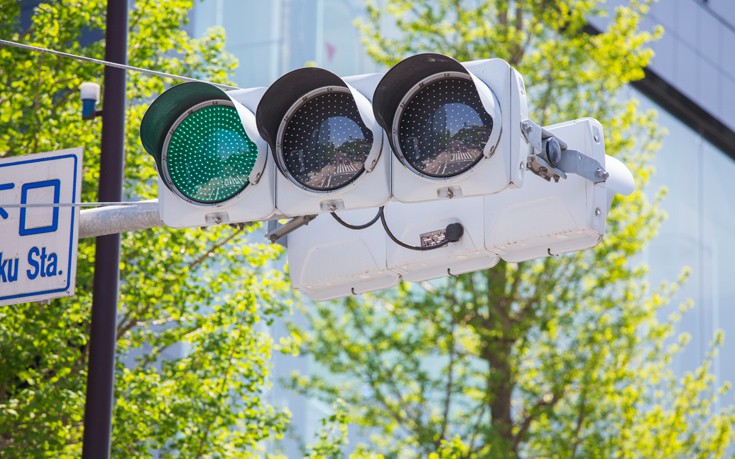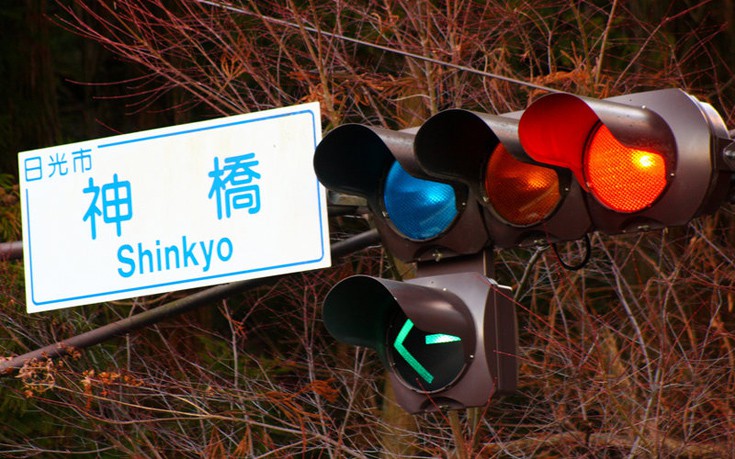If the Japanese stop at red, what color lantern do they go with?
If you stand at a busy intersection in Tokyo and you are quite observant, you will see something strange at the traffic light above you.
That green is not exactly green, it is green with distinct tones of blue, that is, green-blue, while sometimes it can be completely blue!
In fact, in the illustrations of the traffic lights in the Japanese road safety manuals, this green turns into an indisputable blue. And your eyes do not laugh at you.
Japan's traffic lights are you see a complex and thorny issue, a mixture of linguistics, international law and a strange attitude of its government.
And while it is a universal and universal truth when you drive to stop in the red and go to the green, precisely defined by the Geneva Convention on Road Signs and Signals since 1950, Japan is not one of the 74 countries that have signed it. . However, it wants to harmonize with global data, although not in an absolute way.

Historically speaking, the Japanese language has allowed the concepts of blue and green to overlap completely, rendering as blue the things that other languages and cultures saw as green. There was of course a word for green, but green was not in the traditional Japanese language corpus. It started to exist as a word from the period 794-1185, and it is this language issue that shows its teeth in various situations.
Even the famous "blue apple" of Japan that every tourist will try, is essentially just an ordinary green apple. "Blue grass" and "blue leaves" are still spoken of by the Japanese today. This is also the case with traffic lights. In the official documents of the KOK, the green light is referred to by the common word blue (ao), and not by the word used by the Japanese to describe green (midori). This has been the case since 1930, when lanterns were first introduced in the Land of the Rising Sun, when they spoke of the blue (green), yellow and red of the traffic lights.

Even today the candidate driver will pass exams that will check, among other things, if he can distinguish the three basic colors of the traffic lights, red, yellow and blue!
In the intervening years, however, Japan came under pressure to comply with almost universal (and certainly Western) law, and in 1973 reached a compromise. A government decree ordered that the green color of the lanterns be "based on its bluest hue"! In other words, green with the letter of the law, but very close to blue, so that the word used by the Japanese for the color that allows you to pass, continues to make sense. The blue or even the green-blue.
And while today the Japanese language normally and clearly distinguishes between green and blue, the traditional idea that blue includes disproportionately many tones of green continues to exist in both language and culture.

Even the country's new lanterns, which are equipped with green LEDs, continue to be called blue by the Japanese! And of course without difficulty the tourist will recognize the older green and blue lanterns to exist in many corners of the country.
Indeed, road signage remains highly entrenched in Japan and some of its traffic lights are somewhat more turquoise than elsewhere.
